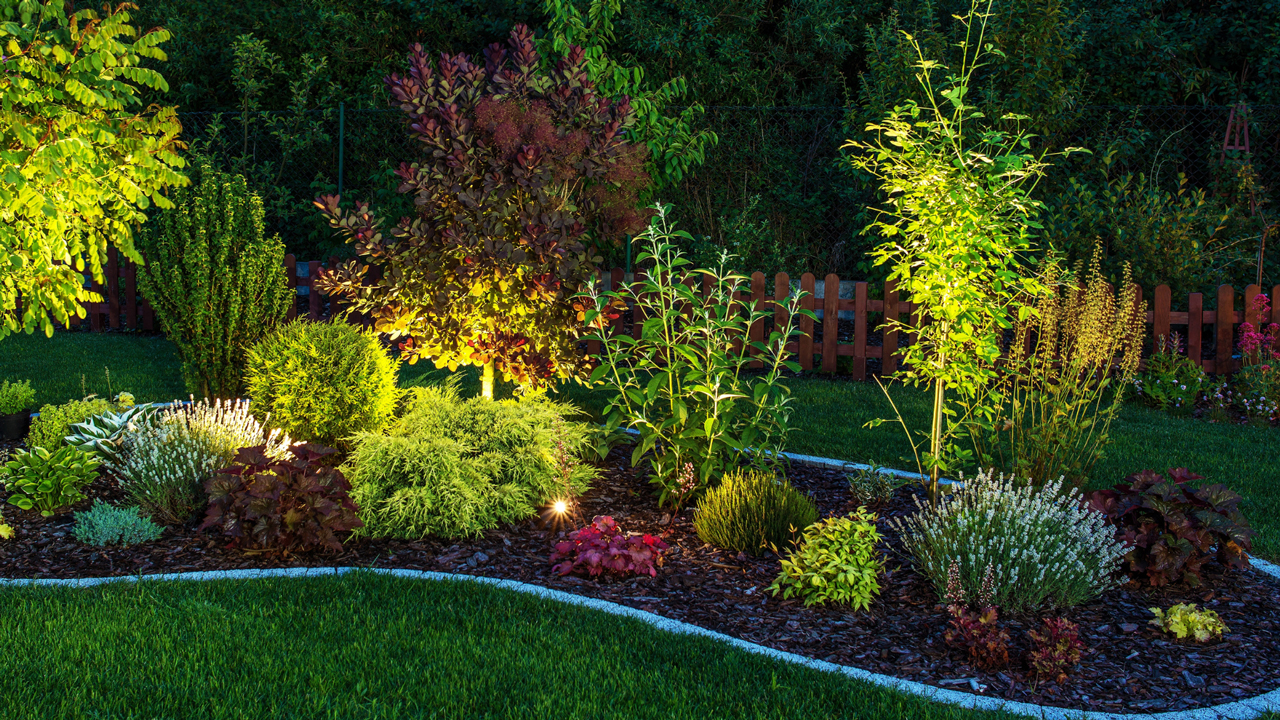
Increasingly, home gardeners and commercial landscaping companies are addressing climate change and dwindling resources with sustainable landscape design. It concentrates on low-maintenance gardening, uses fewer spaces, and uses less water than conventional landscaping.
A green landscaping plan is one of the best options for beginning and expert gardeners alike, whether you want to reduce your energy bills, fight climate change, or save the local honeybee population.
The trend of local and green landscaping ideas, which emphasizes sustainability and eco-friendliness, is sure to add some flair and purpose to your yard this season.
The idea that just having a lot of trees, plants, and turf is good for the environment is commonly held to be incorrect. The number of resources that go into extensively groomed and maintained property might make you feel more in tune with nature, but it's incredible how much effort is put into them.
In order to grow a sustainable garden designSustainable garden design is a style that prioritizes environmentally friendly practices and the cre..., it is essential to select the right plants. Native plantsNative plants are species that naturally occur in a specific region or ecosystem without human intro... normally require less maintenance and require less water to grow in your local climate and soil type. Healthy recreation spaces are created by green landscapes, which nurture wildlife, reduce pollution and add to the health of the environment.
In green landscaping, plants play a central role. Native plants or cultivars derived from native plants are good choices when deciding what to plant. Adapted to your regional environment, native landscapingNative landscaping involves using plants that are indigenous to a specific region in landscape desig... plants offer the best results. Choose wisely, but keep it close to home.
There's a big difference between native plants and non-native plants. Native plants have a way to thrive without human intervention.
Keep your landscape space as pesticide and fertilizer free as possible. Native plants are awesome for that reason. Their adaptations and resistance to their pests have enabled them to thrive on it. This means that they do not require a lot of chemicals in order to thrive.
An integral part of green landscaping is the avoidance of chemical fertilizers, pesticides, and herbicides. You can provide your garden with nutrients by using compostCompost is a nutrient-rich organic material created by the natural decomposition of plant and food w... and other organic materials. Moreover, nitrogen and phosphorus fertilizers can also pollute groundwater by producing toxic runoff.
It is a major cause of water pollution to leave grass clippings or leaves in the street. The grass and leaves will decompose and add nutrients to the lawn if you blow them back onto it. Nitrogen-based fertilizer should only be applied in the smallest amount; excess nitrogen will burn your lawn. Grass will benefit most from fertilizer applied in fall and spring.
Recycling materials are an essential part of a sustainable landscape. Carbon, nitrogen, and other healthy nutrient-rich plant food can be released into the soil by your kitchen waste, such as eggshells and coffee grounds. You can reintroduce the environment to your backyard by compostingComposting is the process of recycling organic waste, such as food scraps, grass clippings, and leav... autumn leaves or grass clippings, instead of wasting them by bagging them.
For vegetable gardensVegetable gardens are cultivated spaces dedicated to growing edible plants such as vegetables, herbs..., flower beds, and lawns, decomposed compost is an excellent organic fertilizer and mulchMulch is a layer of organic or inorganic material applied to the soil surface in gardens and landsca.... Herbicides and fertilizers are less needed. The compost area you create in your landscape does not have to be filled with rotting food.
Decorative features such as wooden bins, accented flowers, and garden ornaments can enhance your compost station.
There are ways to make hardscapingHardscaping refers to the non-living elements of landscaping, such as stone, brick, concrete, wood, ... green as well. Water runs off permeable pavers into storm sewers, lakes, rivers, and other bodies of water rather than into storm sewers, lakes, and rivers, for example.
In order to install these kinds of pavers, you need a method that lets them drain through joints, rather than running off into sewers and other waterways. Additionally, they can reduce flooding risks and severity, reduce puddles, and reduce winter ice hazards.
The lighting fixtures you choose for your outdoor home will help you create both a functional and an aesthetic appeal. Lighting placed carefully can enhance your house's architecture and make your landscape designs stand out more than ever.
Use energy-efficient fixtures or solar-powered ones. Solar-powered landscape lightingLandscape lighting enhances the safety, functionality, and beauty of outdoor spaces by illuminating ... is an alternative to landscape lighting that is powered by electricity. When the sun is out during the day, the lights convert their rays into electricity. Using LEDs instead of incandescent bulbsBulbs are underground storage organs that store nutrients for plants, enabling them to survive adver... will save energy and provide a brighter light.
Getting help with your backyard can be done in a few ways. In the first place, it would be helpful to hire a landscape designer. Professionals have years of experience dealing with all types of properties and will have the knowledge and expertise to put the ideas you have in mind into action.
The landscaping and yard maintenance we do at West Hills Masonry is always done with a passion for beauty and environmental responsibility. Our team of experts and licensed professional landscape designers provide expert and licensed landscaping services in your area.
Let us help you design a sustainable landscape, email us at Info@westhillsmasonry.com or contact us at 714-519-5009 at West Hills Masonry today!
 Carlos Gonzales
Carlos GonzalesLocations We Serve
Schedule A Consultation